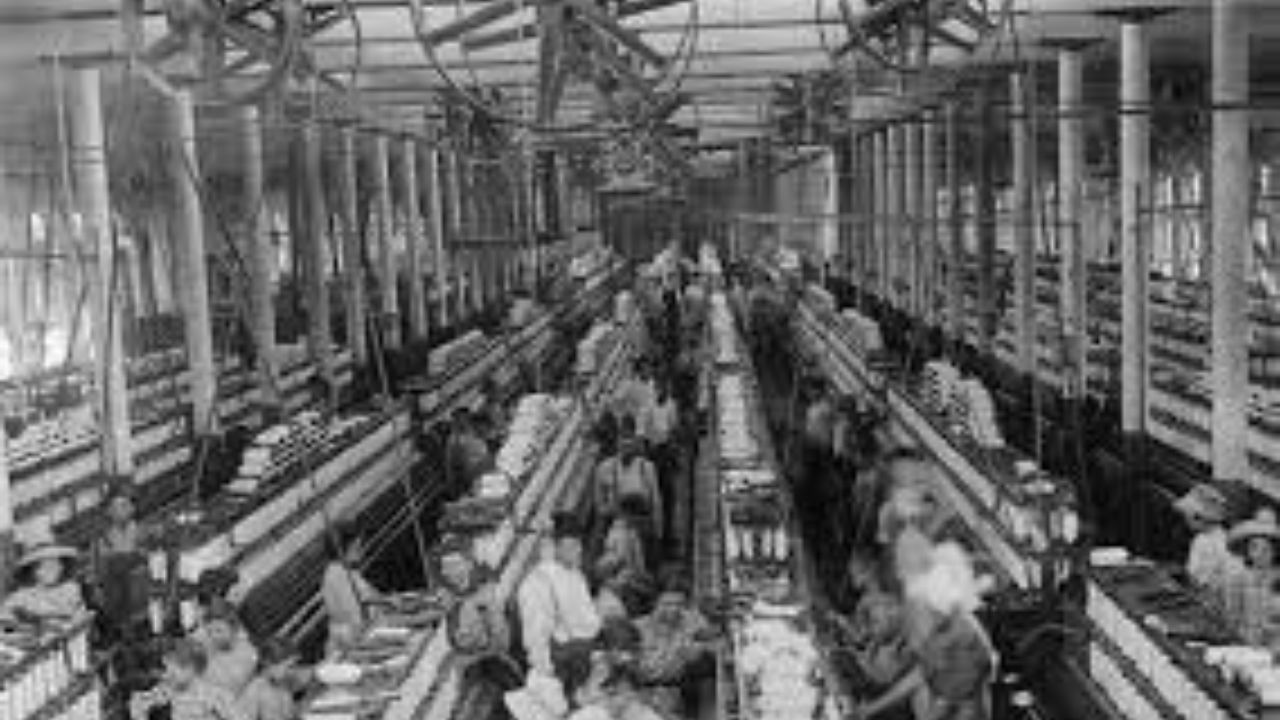Textile Industry in India: History, Importance, Problems & Solution
The textile industry is one of the leading industries in India. India is also one of the leading producers of textile goods.

Introduction to Textile Industry: The Textile industry includes cotton, jute, silk, and synthetic fiber textile. It is the largest and most important sector in the economy in terms of foreign exchange, earning employment, and in terms of output in India. It contributes around 20% of industrial production, 18% of employment in the industrial sector, and 4% of GDP.
India is the third-largest producer of silk and the fifth-largest producer of synthetic fiber. India has the largest loom and spindle in the world.
The most important textile industries in India
There are several industries like the Cotton Industry, jute industries, silk textile, woolen industries, etc in India.
Cotton Industry:
India has a large amount of raw material cotton and provides good quality cotton which is also exported to Pakistan and African countries. Some factors that affect the location of cotton textiles are raw material, proximity to market, moist weather, skilled and cheap labor, transport, seaport export facility, and domestic and international markets.
Jute Textile: –
It is considered the largest producer and second-largest exporter of jute. In the world, India contributes around 35% of the total output of the world. Jute industries like the labor-intensive industry directly and indirectly employ large numbers of people, more than 400000 people.
Some factors that affect our textile industries are the variability of raw materials, cheap labor, cheap water, transport, availability of coal export facilities, etc. The main products of the jute industry are Canvas, gunny bags, back seats, etc.
Woollen Textile
Woolen textile is one of the oldest industries in India. These textiles were manufactured in ancient times at the cottage industry level. The modern woolen textile industry started with the establishment of Lal Imli in Kanpur and then Dhariwal in Punjab. India is considered as not self-sufficient in quality wool production good quality wool is imported from Australia.
Silk Textile
Silk Textile is one of the oldest and most famous textiles in India. Nowadays India’s position in silk production is ranked 2 in the world after China. India also contributes 18% of the total production of the world. India has a great monopoly in the production of silk which was produced in Assam and Bihar during the times of the Mughals because they were fond of silk. The first silk mill was located by the East India Company in 1832.
Problems faced by the Textile Industry
Shortage of raw material
There is a shortage of raw materials in India like cotton wool and Jute also sometimes
Absolute machinery
Most Indian textiles are working with obsolete machinery. According to one data, 70% of the spindles are more than 30 years of age. how these machines cannot compete with international markets.
Heavy excise duty
Industries suffer from the habit of size duties, which is a problem in selling clothing on the international market
Competition in a foreign market
Indian cotton goods are facing a large amount of competition in foreign markets, especially from China Japan South Korea Taiwan
Power supply
There is a need for a large amount of power in the factories which is considered to adversely affect the population of goods.
Sick mills
In India, there are more than 130 mills with obsolete machinery. it can only be replaced with heavy investment.
